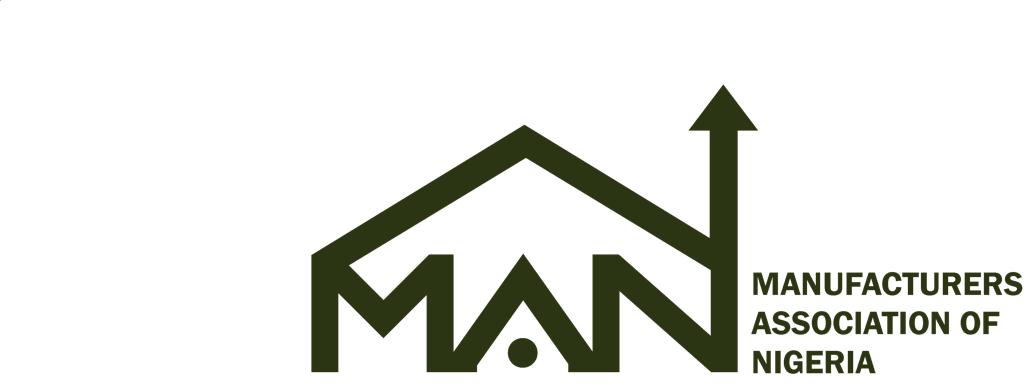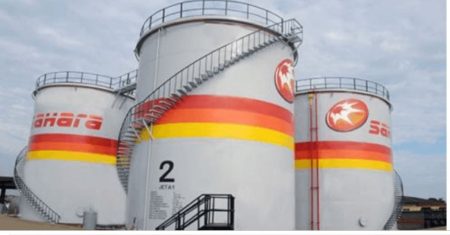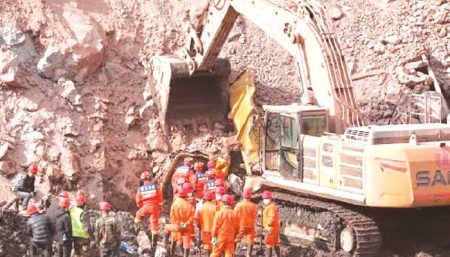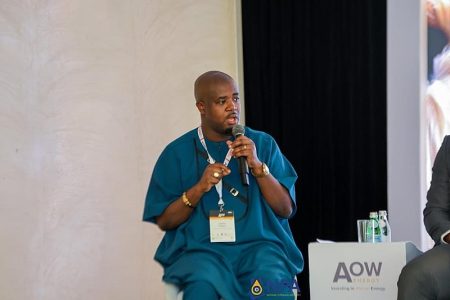The Nigerian manufacturing sector experienced a significant contraction in investment during 2024, a troubling trend attributed to a harsh macroeconomic environment characterized by high financing costs, soaring inflation, and unstable energy prices. A report by the Manufacturers Association of Nigeria (MAN) revealed a 35.3% year-on-year decline in real manufacturing investment, plummeting to N658.81 billion. This signifies a substantial setback for the sector, impacting expansion plans and hindering industrial growth. The escalating cost of financing, reaching N1.3 trillion in 2024, played a crucial role in this downturn. Driven by aggressive monetary tightening policies by the Central Bank of Nigeria, lending rates for manufacturers averaged 35.5%, up from 28.06% in 2023. These exorbitant borrowing costs effectively priced many manufacturers out of credit markets, forcing them to shelve expansion plans, halt ongoing projects, and ultimately contribute to the decline in real sector investments.
While nominal investment showed a more modest decline of 11.3%, reaching N2.85 trillion, the prevailing inflationary environment masked the true severity of the contraction. The real decline, adjusted for inflation, paints a far bleaker picture of the challenges faced by manufacturers. Key investment areas like land and buildings, and furniture and equipment experienced the most substantial cuts, reflecting the widespread impact of the economic downturn. The crisis was further compounded by a staggering 87.5% increase in unsold inventory, highlighting the dampening effect of weakened consumer demand on the manufacturing sector. This buildup of unsold goods signals a potential vicious cycle, where reduced investment leads to lower production, further exacerbating the inventory problem and ultimately depressing future investment prospects.
The report also highlighted the crippling impact of energy insecurity on manufacturers. Total expenditure on alternative energy sources skyrocketed by 42.3% to N1.11 trillion, a direct consequence of the persistent unreliability of the national grid and volatile diesel prices. This forced reliance on more expensive alternative power sources further eroded manufacturers’ profit margins and hindered their ability to invest in expansion and modernization. The combination of high financing costs, inflationary pressures, and unreliable power supply created a perfect storm, severely constraining the manufacturing sector’s ability to contribute meaningfully to economic growth and job creation.
Despite the gloomy overall picture, the report did offer a glimmer of hope. A modest recovery was observed in the second half of 2024, with real investment increasing by 19.4% compared to the first half of the year. This suggests that some manufacturers cautiously resumed capital expenditures as economic conditions showed marginal improvement. However, this recovery remained fragile and heavily dependent on sustained improvements in the macroeconomic environment. The prevailing high inflation rate of 24.23%, coupled with volatile foreign exchange rates and persistent energy challenges, continued to pose significant risks to the sector’s long-term prospects.
The MAN warned of the potential for long-term deindustrialization if the underlying issues plaguing the sector remained unaddressed. They emphasized the urgent need for targeted interventions to revitalize the manufacturing sector and restore investor confidence. Their recommendations included providing access to single-digit interest loans, ensuring stable foreign exchange access for raw material imports, and implementing critical reforms in the power sector. These measures are seen as crucial for easing the pressure on manufacturers, stimulating investment, and fostering a more conducive environment for industrial growth.
In early 2025, some optimism emerged from the Ogun State Chapter of MAN, with reports of new manufacturing companies opening and existing ones stabilizing their operations. This positive development, attributed to increased market stability, indicates the sector’s resilience and potential for recovery. However, the overall outlook remains cautious, with long-term growth hinging on sustained improvements in macroeconomic indicators and targeted policy interventions to address the fundamental challenges facing the Nigerian manufacturing sector. The need for affordable credit, reliable power, and supportive macroeconomic policies remains paramount to unlock the sector’s full potential and contribute meaningfully to national development. Without these critical ingredients, the risk of further contraction and deindustrialization remains a real and pressing concern.














